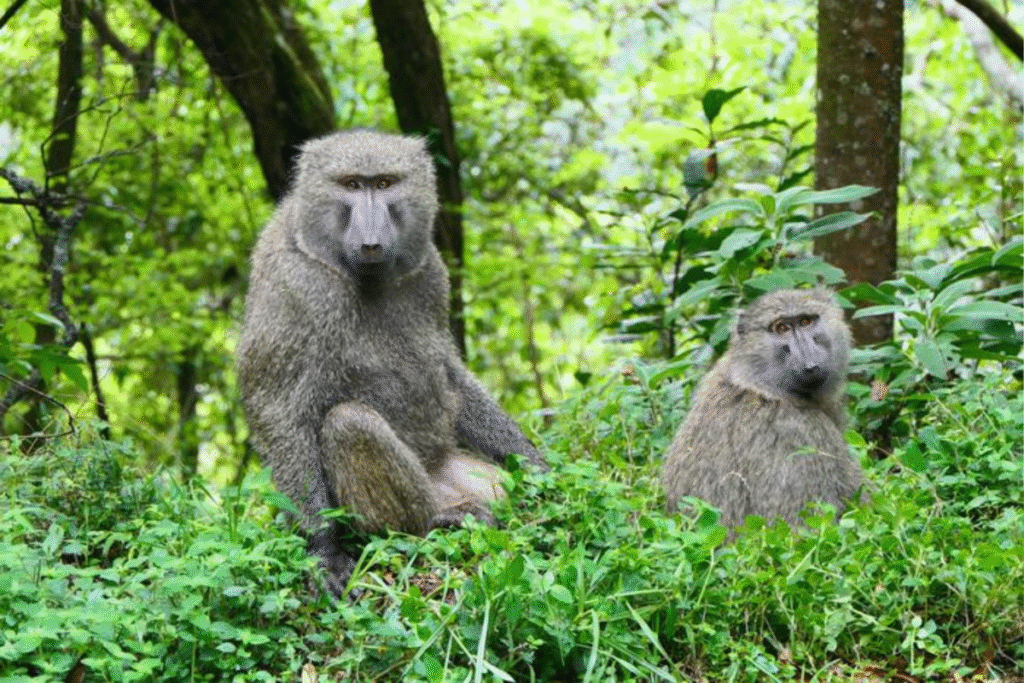Throughout history and across nearly all countries one biological mystery has endured—women tend to live longer than men.
Although medical advances have narrowed the gap between the sexes in some countries, this difference is unlikely to disappear anytime soon, for the causes are deeply rooted in evolutionary history, a new study suggests.
An international team of scientists led from the Max Planck Institute for Evolutionary Anthropology in Leipzig, Germany, undertook the most comprehensive analysis of sex differences in lifespan across mammals and birds to date.
Analyzing data from a total of 1,176 species, the researchers found that in mammals, 72 percent of females live on average 13 percent longer than males, while in birds, 68 percent of males outlive females by about five percent.
One genetic explanation, the “heterogametic sex hypothesis,” points to differences in sex chromosomes. In mammals, females have two X chromosomes, while males have only one X and one Y (making them the heterogametic sex).
Some research suggests that having two X chromosomes may protect females from harmful mutations, offering a survival advantage. Interestingly, this system is reversed in birds, with females being the heterogametic sex.
Lead author of the study, Johanna Stärk noted that there are some exceptions. “Some species showed the opposite of the expected pattern,” she said in a statement.
“For example, in many birds of prey, females are both larger and longer-lived than males. So sex chromosomes can only be part of the story.”
Reproductive strategies also play a role. According to the new study, in polygamous mammals with strong competition, males generally die earlier than females. On the other hand, in birds—which are usually monogamous—that competitive pressure is lower, and males often live longer.
Parental care also plays a role. In nature, the sex that invests more in raising offspring—which in mammals is often the female—tends to live longer. In long-lived species such as primates, this is likely to be a selective advantage: females survive until their offspring are independent or sexually mature.
To assess environmental impact, researchers also examined zoo populations, where animals are protected from predators and harsh conditions, and found that while the lifespan gap was reduced, it still was not totally erased.
Do you have a tip on a science story that Newsweek should be covering? Do you have a question about the lifespan gap between men and women? Let us know via [email protected].
Reference
Staerk, J., Conde, D. A., Tidière, M., Lemaître, J.-F., Liker, A., Vági, B., Pavard, S., Giraudeau, M., Smeele, S. Q., Vincze, O., Ronget, V., da Silva, R., Pereboom, Z., Bertelsen, M. F., Gaillard, J.-M., Székely, T., & Colchero, F. (2025). Sexual selection drives sex difference in adult life expectancy across mammals and birds. Science Advances, 11(40). https://doi.org/10.1126/sciadv.ady8433
Read the full article here
